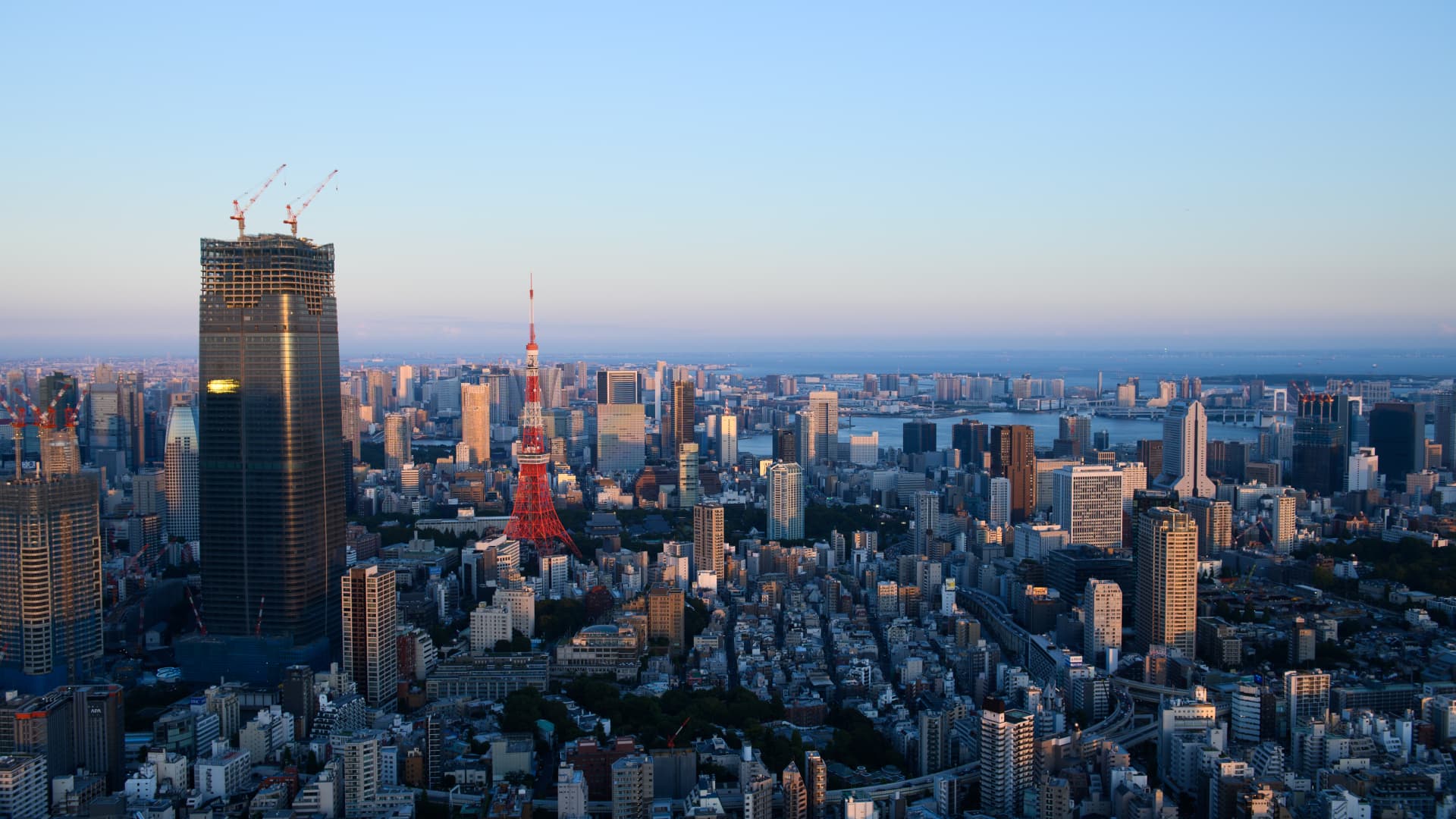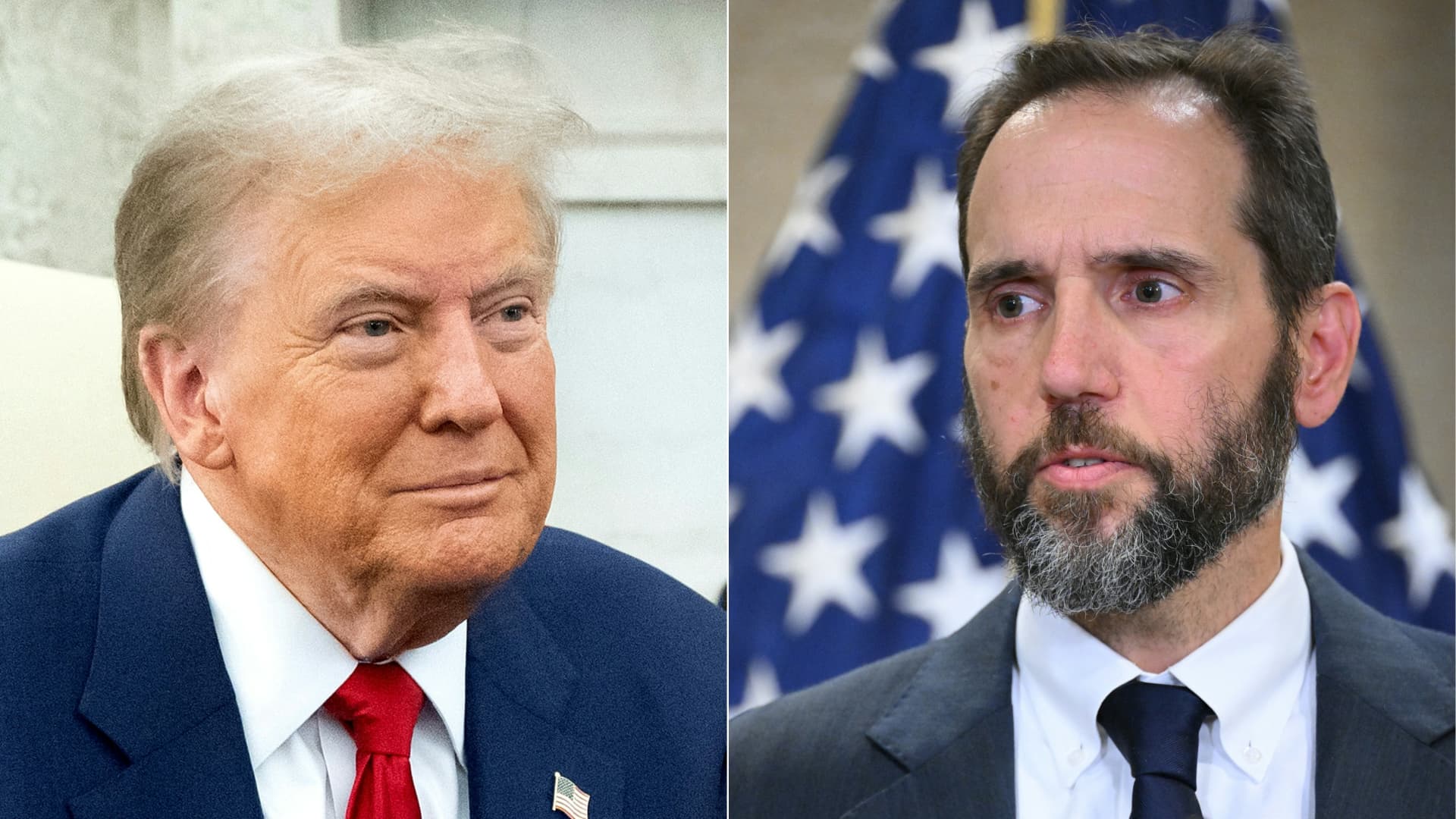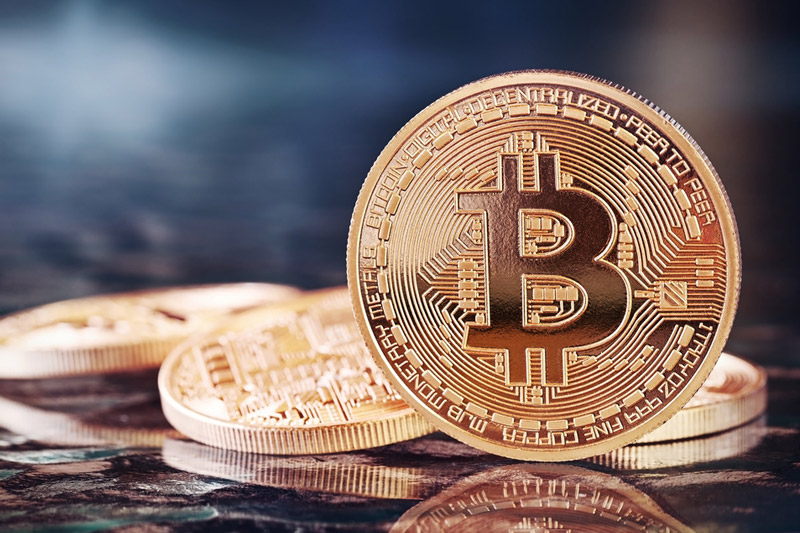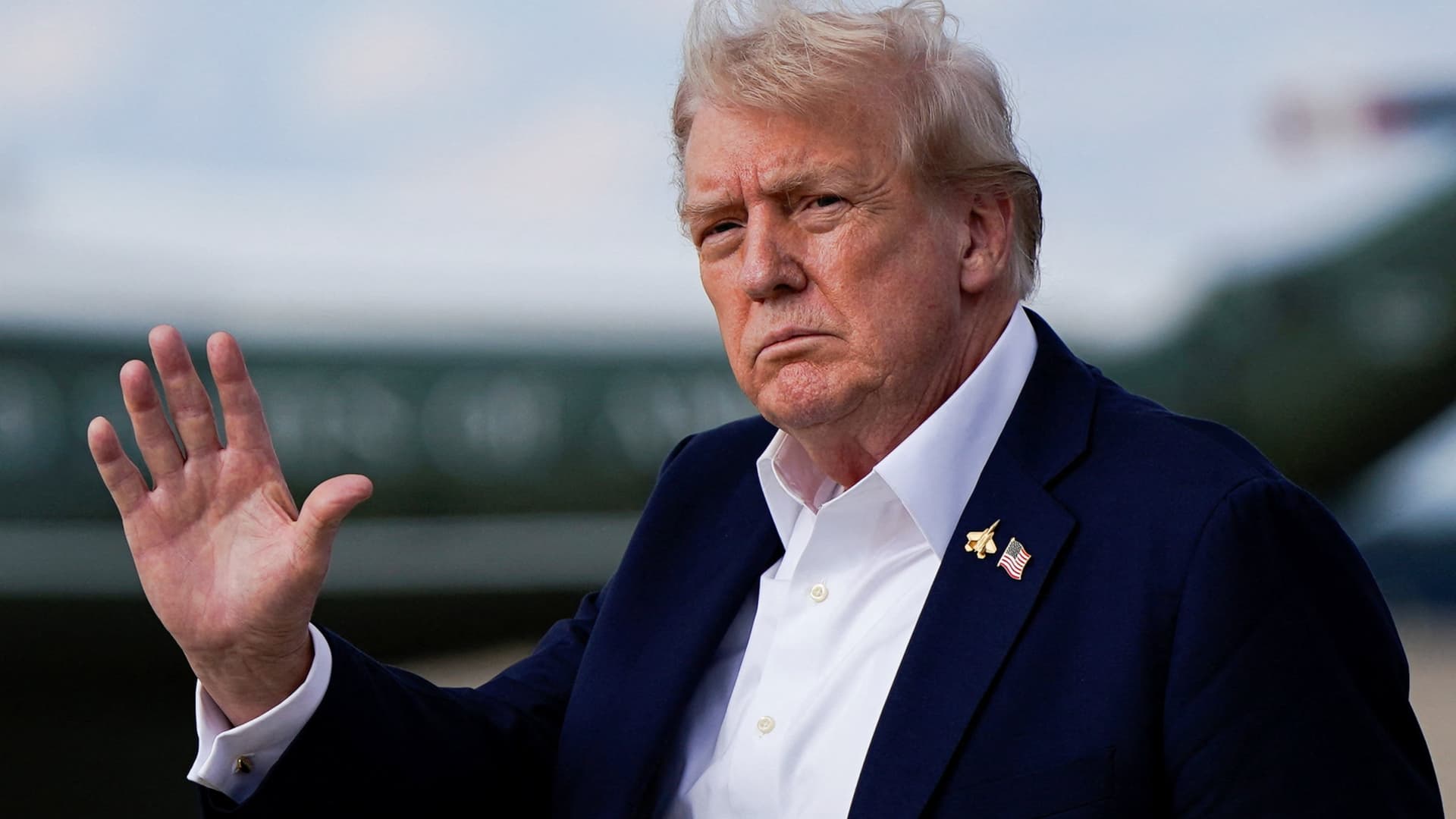The Tokyo Tower, left, and business and residential buildings in Minato district of Tokyo, Japan, on Saturday, Oct. 1, 2022. Photographer: Akio Kon/Bloomberg through Getty Pictures
Bloomberg | Bloomberg | Getty Pictures
SINGAPORE — Asia-Pacific markets are set to open decrease on Friday, monitoring losses on Wall Avenue, with considerations over Center East tensions conserving traders on edge within the run as much as September’s U.S. payrolls report.
Futures for Australia’s S&P/ASX 200 stood at 8,215 factors, barely decrease than the index’s final shut of 8,205.2.
Japan’s Nikkei 225 futures pointed to a weaker open for the market, with the futures contract in Chicago at 39,985 factors and its counterpart in Osaka at 39,879 in comparison with the earlier shut of 38,552.06.
Hong Kong’s Dangle Seng index futures had been at 22,091, decrease than the HSI’s final shut of twenty-two,113.51. Markets in mainland China will reopen on Oct. 9. Chinese language shares had been on a tear after authorities introduced a slew of help measures final week.
October buying and selling has had a shaky begin as rising tensions within the Center East weigh on investor sentiment. Following a decline in shares on Tuesday resulting from Iran’s missile strike on Israel, traders are bracing for extra unpredictability as Israel begins a floor operation in Lebanon.
U.S. crude futures rose round 5% in a single day and ticked larger once more on Friday morning on considerations that Israel may strike Iran’s oil business in retaliation for Tehran’s missile assault this week. U.S. President Joe Biden on Thursday commented on a attainable Israel retaliation in opposition to Iran: “We’re discussing that. I feel that might be a bit of — anyway.”
In a single day within the U.S., the Dow Jones Industrial Common slid 184.93 factors, or 0.44%, to finish at 42,011.59. The S&P 500 misplaced 0.17% to shut at 5,699.94. The Nasdaq Composite ended the break day 0.04% at 17,918.48 as a rally of greater than 3% in Nvidia capped draw back stress.
—CNBC’s Alex Harring and Pia Singh contributed to this report.



